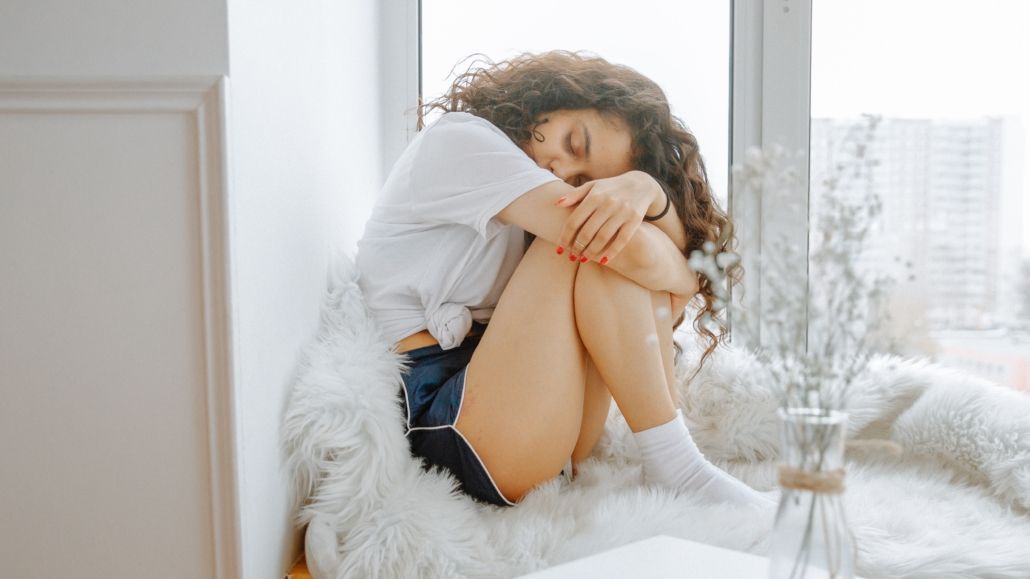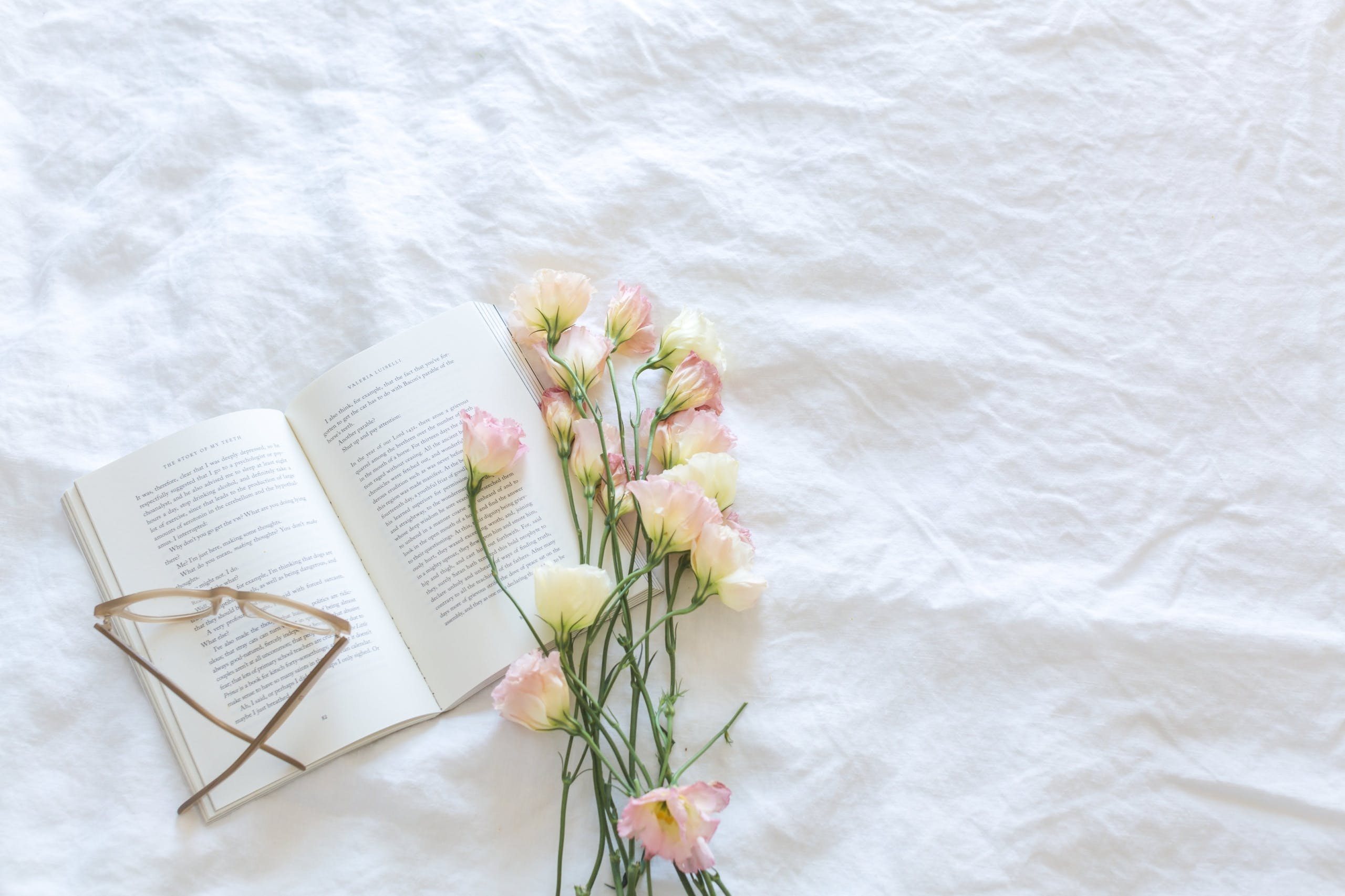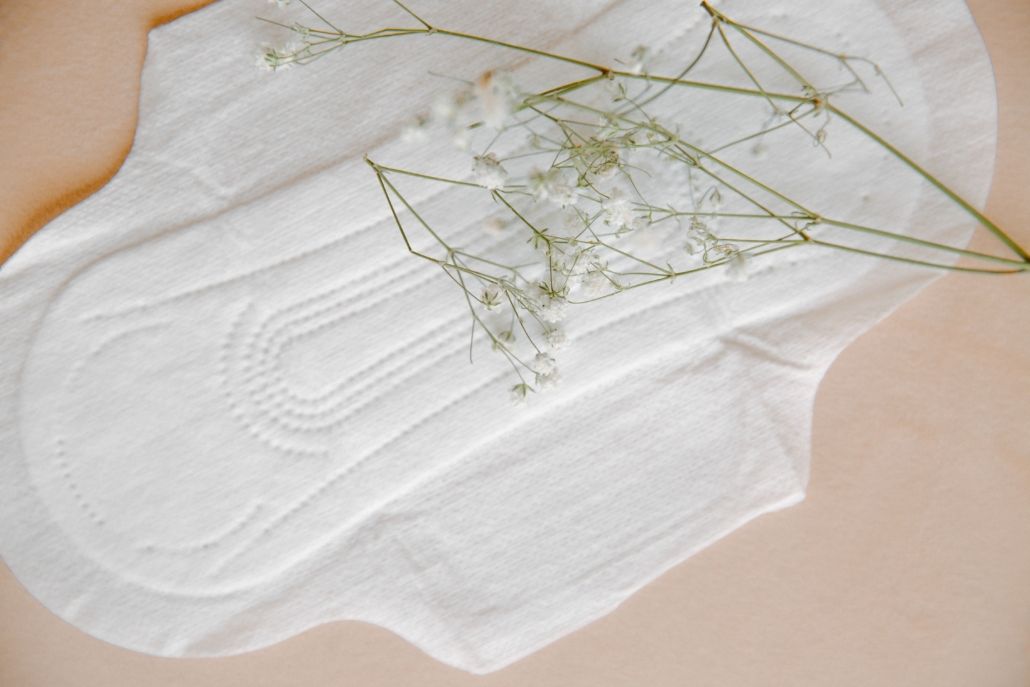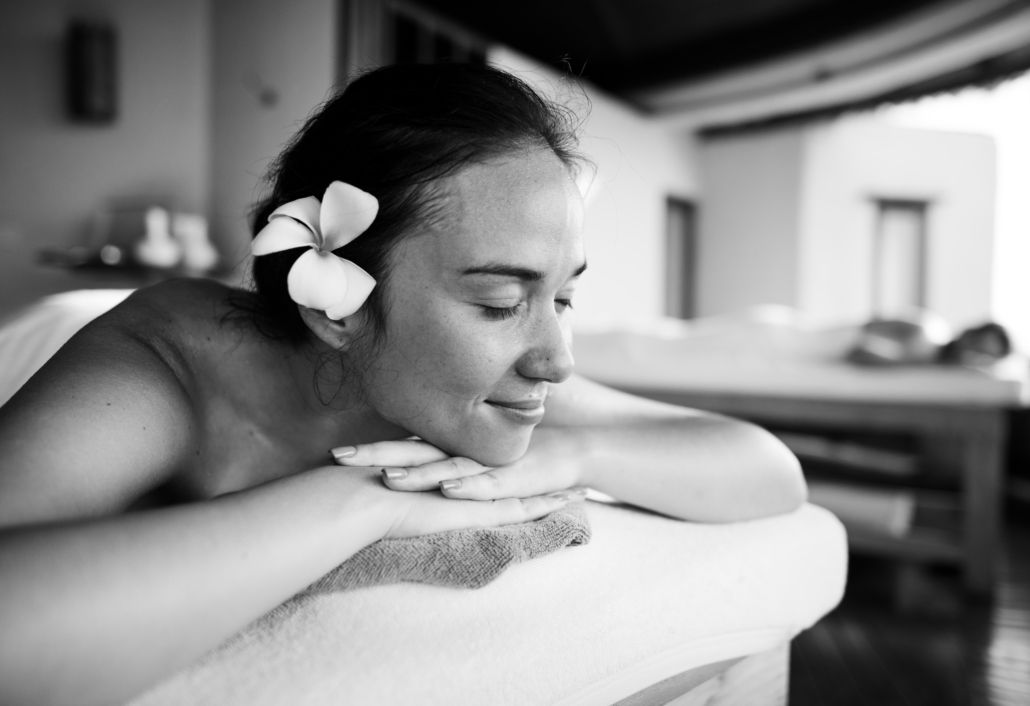Your period gives some signals to you before it starts. If you have mild symptoms, you are lucky, but if it limits your daily routine, you might have PMS, also known as Premenstrual Syndrome. These limiting factors can be physical, emotional or behavioral, and occur 1 or 2 weeks before your period. The most frequent symptom of PMS is menstrual cramps (dysmenorrhea). Many women have these cramps at different levels of severity before and even during their menstrual periods. It might affect their quality of life and make it difficult to maintain the same daily routine during the menstrual cycle. These cramps are generally felt in the lower abdomen and may affect the lower back and inner thighs. First, let's understand PMS and menstrual cramps, their root causes and see the methods that we can use to relieve cramps and other PMS symptoms.

Premenstrual Syndrome (PMS)
Premenstrual Syndrome comes after ovulation and before the menstrual period starts. Rapid estrogen and progesterone hormone level reduction causes these physical and emotional symptoms, while the increase of these hormones removes them. The symptoms may range from mild (with almost no sign of them) to severe (limiting or even restricting everyday activities). PMS is generally seen more frequently in women who have high-stress levels, and those who are genetically prone to depression or have a history of depression. The severity of symptoms also varies according to age. As women approach menopause, hormone levels change drastically, which worsens the cramps and other symptoms. That’s why PMS is generally seen in your 30s and 40s.
Symptoms of PMS
75% of menstruating women go through Premenstrual Syndrome, which can show itself with various symptoms. These symptoms can be separated into two categories, emotional and physical:
Physical
- Cramps
- Headache or backache
- Lower tolerance
- Swollen or tender breasts
- Diarrhea or constipation
- Bloating
- Nausea
- Dizziness
- Weight gain
- Acne

Emotional
- Mood swings
- Tiredness
- Change in sleeping schedule
- Food cravings
- Tension or anxiety
- Feeling sad and crying
Relieving PMS Symptoms
Exercise: Having physical activity in your life reduces emotional symptoms.
Eat healthily: Try to avoid salt, sugar, and caffeine two weeks before your period and eat calcium-rich foods.
Sleep well: 8 hours of sleep helps to sustain your health and help with the emotional symptoms of PMS.
Try to reduce your stress level: Find ways to reduce your stress, such as yoga, meditation, and talking to friends and family.
Quit Smoking: If you are smoking, you are worsening your PMS symptoms.

Menstrual Cramps
Cramps are the most frequent symptom of PMS and can limit daily activities. They cause trouble for women dealing with heavy lower abdomen cramping pains while they are busy with other things. The cause of these cramps are uterus contractions and triggered by prostaglandins, which are hormone-like substances. Prostaglandins also cause nausea, vomiting, headache and diarrhea during menstruation. There are some methods you can try to lower the severity of the cramps to a level where you can continue to your daily routine. Here are some tips to relieve cramps during PMS and during your period:

Instant Ways to Relieve Cramps
1.Heating pad: Place it on your lower abdomen, the heat will relax uterus muscles and relieve cramps.
2. Hot bath: A hot bath will relax your abdomen and back.
3. Chamomile Tea: Chamomile tea has anti-inflammatory functions, which will inhibit prostaglandins.
4. Massage: You can relieve cramps by massaging the area with essential oils.

Make these changes in your daily life to relieve cramps in long run:
Exercise: Studies showed that exercising 3 times a week reduced cramps during PMS.
Drink water: Increase your water intake to reduce bloating and cramps. You can add lemon or mint to your water. Increasing fluid intake is a good solution to relieve cramps both during your period and off your period. So add tea, mineral water or juices to your daily fluid consumption.
Reduce salt intake: As we all know, salt causes dehydration and bloating.
Reduce your alcohol consumption: Alcohol is another factor that causes dehydration and bloating.
Lower your stress: Yoga, meditation and focusing on positive things can help to lower your stress level.
Have a balanced diet: Consume anti-inflammatory foods (like cherries, tomatoes, blueberries, squash and bell peppers) and calcium-rich foods (like beans, almonds, and dark leafy greens). Try to avoid or lower your consumption of refined foods and trans-fatty acids, which increase inflammation.
Sleep well: According to some studies, a healthy sleeping schedule reduces cramps and PMS, while women with insomnia have severe symptoms.
Vitamin D: Prostaglandin levels can be lowered by vitamin D. Try to get enough sunlight or consult your doctor for vitamin D supplements.
See Your Gynaecologist
Don’t forget to visit your gynecologist at least once a year for a routine check and consult your doctor about your cramps. Bear in mind that severe PMS and menstrual cramps may also be caused by a medical condition. You might have vitamin E, vitamin B1, omega 3, calcium, vitamin B6 or magnesium deficiency that may be the reason for your menstrual cramps or there might be an underlying disease that should be treated.












